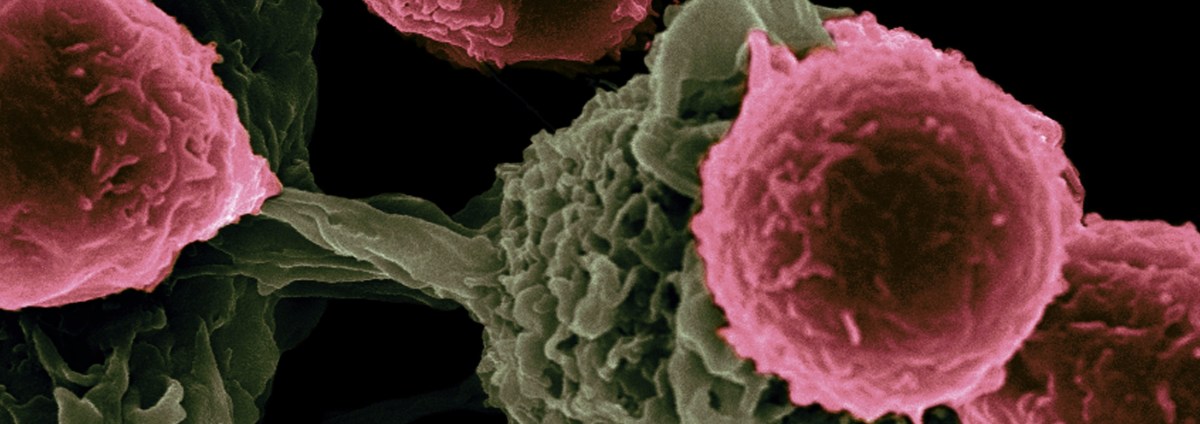By now I’m probably sounding like a broken record about how important exercise is to all aspects of your life, but here I go again…
Although this is not specifically about cancer, an article recently published in the Journal of Aging and Physical Activity (Posis et al., 2022) scored another point for the benefits of maintaining an active lifestyle.
This study was conducted at the Herbert Wertheim School of Public Health and Human Longevity Science (University of California, San Diego), where the researchers examined the effect of physical activity/sedentary time on longevity in women. The 5400+ study participants spanned the entire range of genetic predispositions for longer or shorter lives. You can read a synopsis of the research here.

The results of this prospective study (2012-2020), while not surprising in the grand scheme of things, can be considered a wake-up call.
Regardless of their genetic predisposition, women who engaged in higher levels of activity had a lower mortality risk and those who were more sedentary had a higher risk. This is important, because it’s tempting to think that if your family members are long-lived, you will be too. However, your own activity levels do matter.
In addition, being physically active was effective in extending the lifespans even of those women whose genetics suggested a shorter life.
This can be considered promising news: you do have some control over your lifespan. Even when you’ve been dealt what may seem like a losing hand in terms of longevity or disease, providing your body with the supportive behaviors that it needs and deserves still makes things better.
It’s easy to forget this when we focus on the negatives in life. And while we do need to acknowledge our hardships and allow ourselves time to grieve for our losses, making choices that benefit our bodies and minds is a sign of respect for ourselves.

Unlike a glass of wine or a rich dessert, commonly considered an “indulgence”, self-care in the form of moving ourselves, step by step, day by day, closer to a healthier lifestyle is the kindest, most loving indulgent act you can ever do for yourself.
What one little thing can you do today that you didn’t offer to yourself yesterday that will move the needle further towards a more active life?
~~~~~~~~~~~~~~~~~~~~~~
References:
“Physical Activity May Have a Stronger Role than Genes in Longevity” by Yadira Galindo, UC San Diego News Center, August 24, 2022, https://ucsdnews.ucsd.edu/pressrelease/physical-activity-may-have-a-stronger-role-than-genes-in-longevity.
Posis et al., (2022) Associations of Accelerometer-Measured Physical Activity and Sedentary Time With All-Cause Mortality by Genetic Predisposition for Longevity, J Aging Phys Act, https://doi.org/10.1123/japa.2022-0067.










